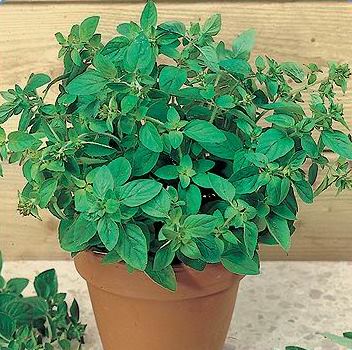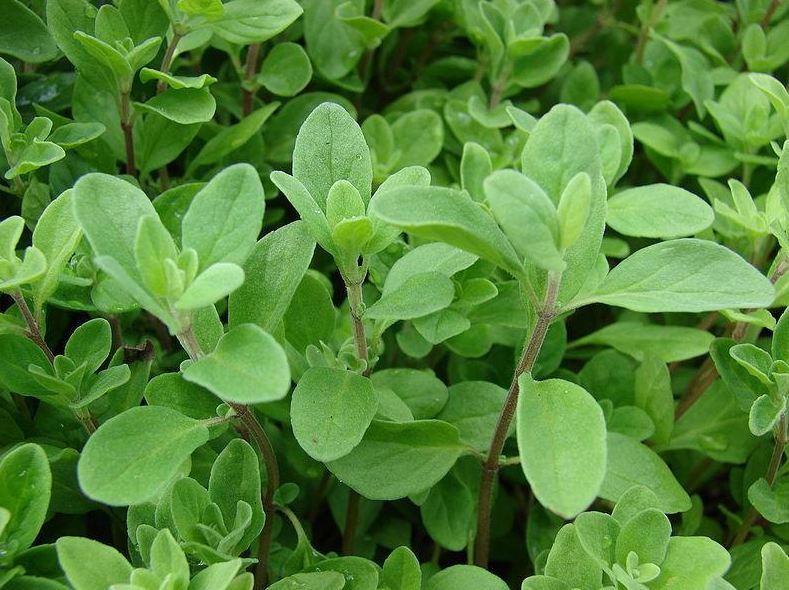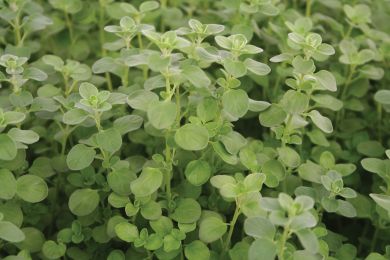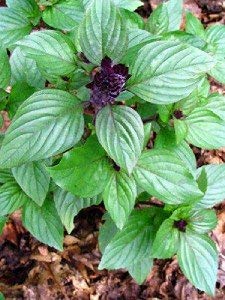Description
Marjoram – Sweet – Sweet Marjoram (A.K.A. Garden Marjoram, Knotted Marjoram, Pot Marjoram)
100 Seeds per pack
Annual Herb
Days to Maturity: 70 Days
Sun Requirements: Prefers full sun; tolerates partial shade
Botanical Name: (Origanum marjorana)
Native to the Mediterranean region and Western Asia, Sweet Marjoram has been prized for centuries for its delicate flavor and fragrant leaves. Though known in America since colonial times, it became more popular after World War II when returning soldiers brought back a taste for Italian-style cooking. Today, it is a favorite in Greek and Mediterranean dishes and is often compared to oregano, though it has a sweeter, milder taste without oregano’s spicy bite.
Thriving in warm weather and full sun, this heat-loving herb grows well in both garden beds and containers. A member of the mint family, this bushy sub-shrub grows 12–24 inches tall and spreads 12–18 inches wide, forming a dense mound of highly aromatic, ovate, gray-green leaves covered in fine hairs. The leaves are small and smooth, reaching about 1 inch in length, and have a more delicate flavor than those of its cousin, Origanum vulgare (Common Oregano). In mid to late summer, Sweet Marjoram produces clusters of tiny, two-lipped white or pale pink flowers, adding beauty to the garden.
With a slightly sweet taste and a hint of bitterness, marjoram enhances soups, stews, sauces, and dressings, pairing well with chicken, fish, beans, and pasta. The leaves can be used fresh, dried, or frozen for later use. When dried, they retain their aroma and flavor for months, making them a popular staple in the kitchen.
Rich in vitamins A and C, Sweet Marjoram is a flavorful and healthy addition to the herb garden.
Disease Resistance: General resistance to root rot and pests.
Planting Instructions for Marjoram – Sweet Seeds
When to Plant:
Start seeds indoors 6–8 weeks before your last expected frost date. Outdoors, sow only after all danger of frost has passed and nighttime temperatures stay above 50°F (10°C). In Zones 9–10, marjoram can be grown as a perennial; in colder zones, it’s best grown as a warm-season annual or overwintered indoors in containers. In hot, humid regions, it’s best performance comes in the cooler months.
Where to Plant:
Choose a sheltered, sunny location with well-draining soil. Marjoram thrives in full sun but will tolerate light shade. It prefers slightly alkaline to neutral soil (pH 6.7–7.5) and dislikes heavy, wet conditions. Raised beds or containers with gritty, loamy soil are ideal. Space plants 12–18″ (30–45 cm) apart to allow for air flow and bushy growth.
How to Plant:
Sow seeds on the surface of moist seed-starting mix and press lightly—do not bury them, as they need light to germinate. Maintain soil temps between 65–70°F (18–21°C). Use a humidity dome or cover with plastic to keep moisture in. Seeds germinate in 7–14 days. Once seedlings have 2–3 sets of true leaves, transplant to larger pots.
Harden off young plants before moving them outdoors by gradually introducing them to outdoor conditions over 7–10 days. Start by placing them outside in a sheltered, shaded area for a few hours each day, increasing the time and sun exposure daily. This helps prevent transplant shock and prepares the plants for life in the garden.
For direct sowing, sprinkle seeds over prepared soil and cover with no more than 1/8″ (3 mm) of fine soil. Keep evenly moist until seedlings emerge. Thin to the strongest plants, leaving 12–18″ between each.
Growing Tips:
Water regularly during dry spells but avoid overwatering—marjoram prefers slightly dry conditions once established. Mulch with gravel or compost to conserve moisture and suppress weeds. Trim plants frequently to encourage branching and delay flowering. Container plants may need occasional feeding with a balanced liquid fertilizer. For winter use, bring pots indoors or take cuttings in summer to root and grow on a sunny windowsill.
Harvesting and Storage:
Begin harvesting when plants are about 6″ tall. Pick young leaves throughout the season, ideally in the morning after the dew is off when oil content is highest. For drying, cut stems just before flowering, bundle, and hang upside down in a dark, dry, airy space. Once fully dry, strip leaves and store in airtight containers. Only harvest up to one-third of the plant at a time to avoid stress.
Seed Saving: To save seeds from sweet marjoram, harvest the seed heads individually as they turn brown and dry on the plant. Spread them out in a protected, shaded area to finish drying completely. Once dry, gently rub or shake the heads to release the seeds, then winnow out the chaff. Store cleaned seeds in a cool, dry place for up to one year, using an airtight container or paper envelope labeled with the date and variety. We also offer seed saving envelopes to help you keep your collection organized.
FAQ:
What is the historical or notable background of Sweet Marjoram?
Sweet Marjoram is native to the Mediterranean and Western Asia and has been valued since ancient times for its fragrance and culinary use. It gained renewed popularity in the U.S. after WWII, as soldiers returning from Europe brought back a taste for Italian and Mediterranean cuisine.
How would you describe the flavor of Sweet Marjoram?
Sweet Marjoram offers a mild, slightly sweet flavor with a hint of bitterness, making it more delicate than oregano and ideal for enhancing chicken, fish, beans, pasta, and various sauces without being over powering.
What does Sweet Marjoram look like, and what are its growing habits?
This bushy, heat-loving herb forms a dense, fragrant mound 12–24 inches tall and 12–18 inches wide, with soft, gray-green, ovate leaves and tiny, pale pink or white flowers blooming in mid to late summer.
How and when do you harvest Sweet Marjoram?
Begin harvesting Sweet Marjoram 4 to 6 weeks after transplanting, once the plants are well-established. Pick leaves as needed, or for a fuller harvest, snip stems just before the plant flowers—this is when flavor is most intense. Harvest in the morning after the dew has dried, and avoid taking more than one-third of the plant at a time to encourage regrowth and prevent stress.
When is the best time to plant Sweet Marjoram?
Plant Sweet Marjoram in spring after the danger of frost has passed. In colder regions, start seeds indoors 6–8 weeks before your last frost date. In warmer climates, you can sow seeds directly in the garden once the soil has warmed or plant young starts outdoors for quicker results.
What are the common culinary uses for Sweet Marjoram?
It’s a staple in Mediterranean and Greek dishes and can be used fresh or dried in soups, stews, sauces, dressings, or to season meats and vegetables, offering aromatic, gentle flavor that complements many savory recipes.
What’s the best way to store Sweet Marjoram after harvest?
For short-term storage, wrap fresh Sweet Marjoram in a damp paper towel or cloth, place it in a plastic bag or airtight container, and refrigerate for up to 10–14 days. For long-term preservation, dry the leaves by hanging bundled stems upside down in a well-ventilated, dry space or by using a dehydrator set to low heat. Once the leaves are crisp and fully dry, strip them from the stems and store in an airtight container. You can also freeze chopped marjoram in airtight containers or in oil.
What nutrients does Sweet Marjoram provide?
This herb is rich in vitamins A and C, offering a nutritious boost along with its aromatic and flavorful profile.
Does Sweet Marjoram have any notable disease resistance?
Yes, Sweet Marjoram shows general resistance to root rot and pests, making it relatively low-maintenance for herb gardeners.


















Patricia Q. (verified owner) –
Awesome seed and seed company
Mary Preston (verified owner) –
I ordered these for my sister and she was very happy with them! She loves your store! We love that it’s a Catholic
Diane G. (verified owner) –
5 star!